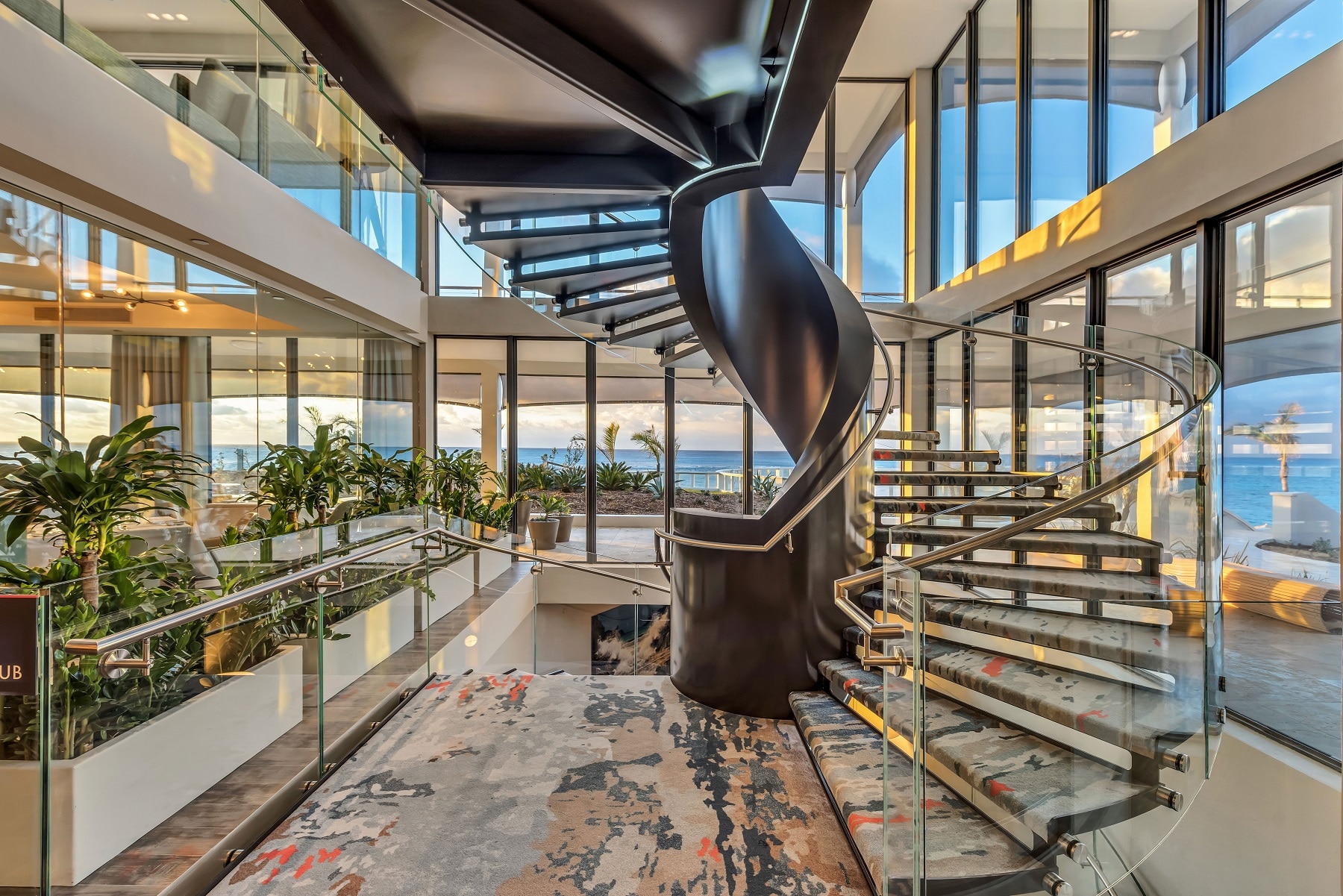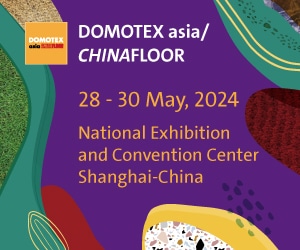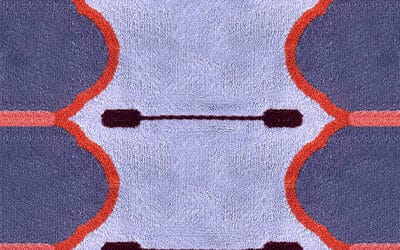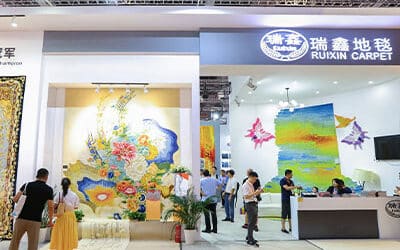As part of the virtual COVER Connect Talks series in January, two panel discussions focussed on how interior designers incorporate rugs into their projects. While there are no set rules, as designers apply different frameworks to every project, some insightful approaches emerged.
Chairing the first panel of three designers was Vanessa Brady, founder of the Society of British and International Design. For the second, Carol Sebert, President and founder of the Toronto-based rug company Creative Matters, introduced three designer clients with whom she regularly collaborates on custom rugs.
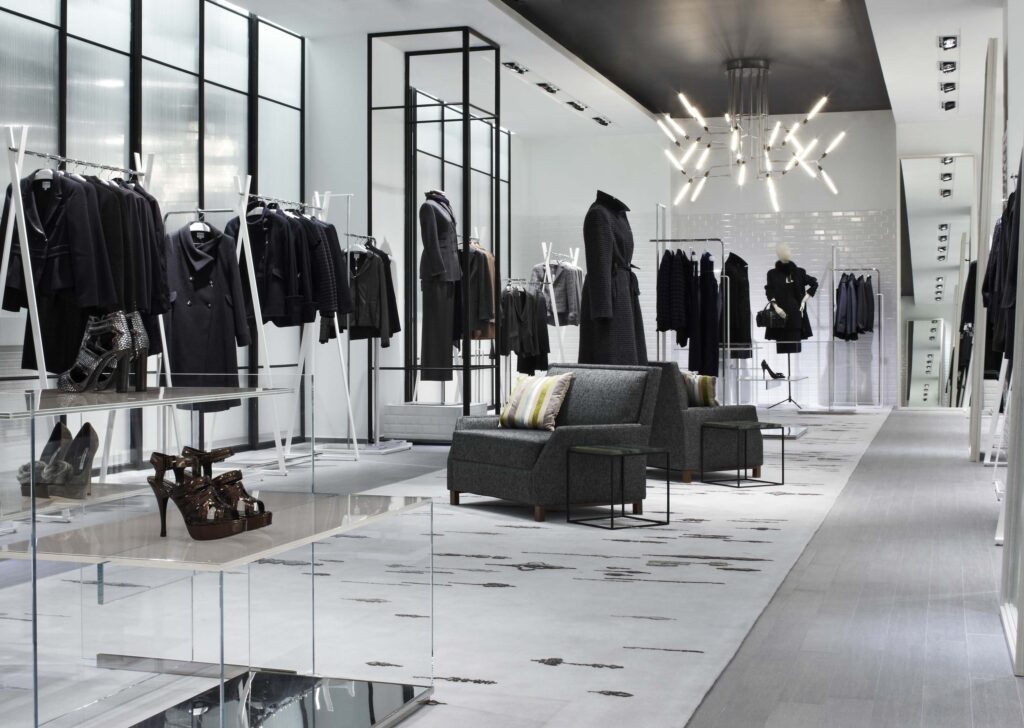
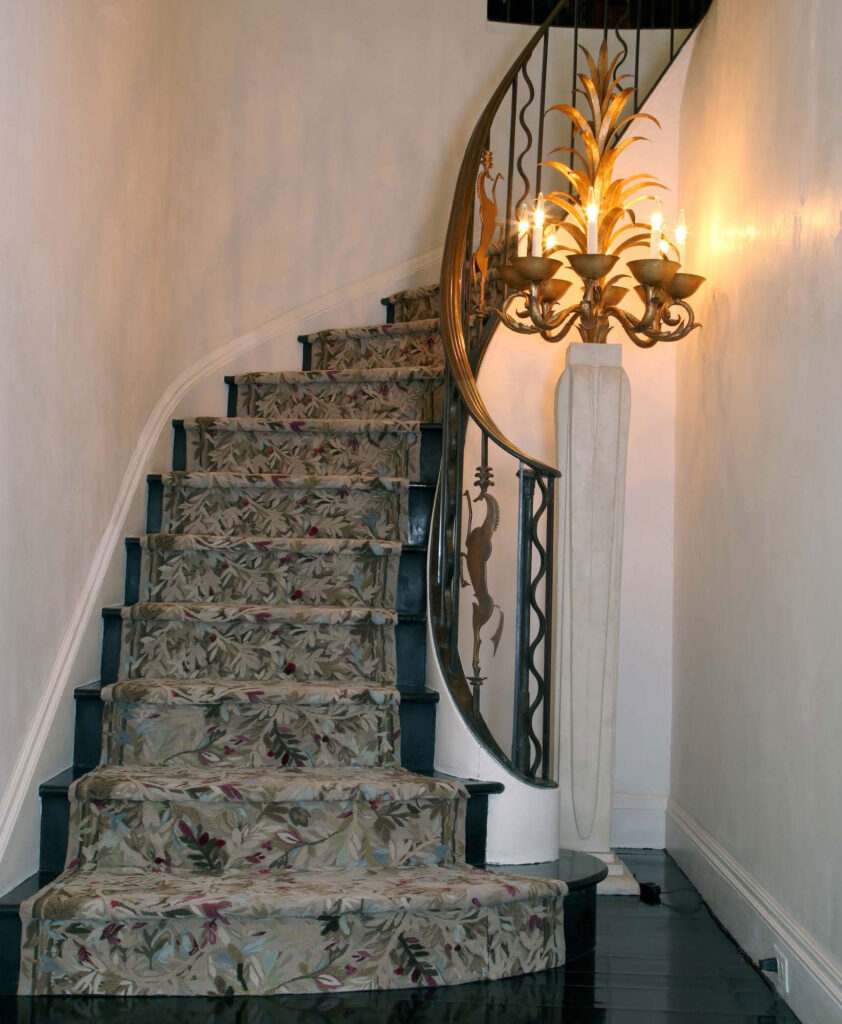
Erinn Valencich, founder of Erinn V. Design, is pragmatic in her understanding of the importance of the rug, saying ‘they do tend to take up such a large amount of the visual space—I equate it to about a third of the look’. She likes the rug to coordinate—not contrast—with the chosen floor tone, whether light or dark. Shalini Misra, founder of Shalini Misra Ltd., likes to keep a rug small and uncovered by furniture if it is an important design element. She uses rugs to designate different areas within a space and is led by architectural shapes saying, ‘If I had a circular skylight, I’d put a circular rug underneath it.’ Kar-Hwa Ho, Head of Interior Architecture for Zaha Hadid Architects, sticks with a rule he learned when he worked at Louis Vuitton Paris: ‘that you should never have furniture half-on and half-off the rug. It’s more grand and luxurious for all the furniture to sit squarely on the carpet.’ He appreciates the tactility of rugs saying, ‘there’s nothing nicer than walking on a silk rug barefoot. That brings another dimension to the room. It sets you at ease, it gets you ready to relax.’
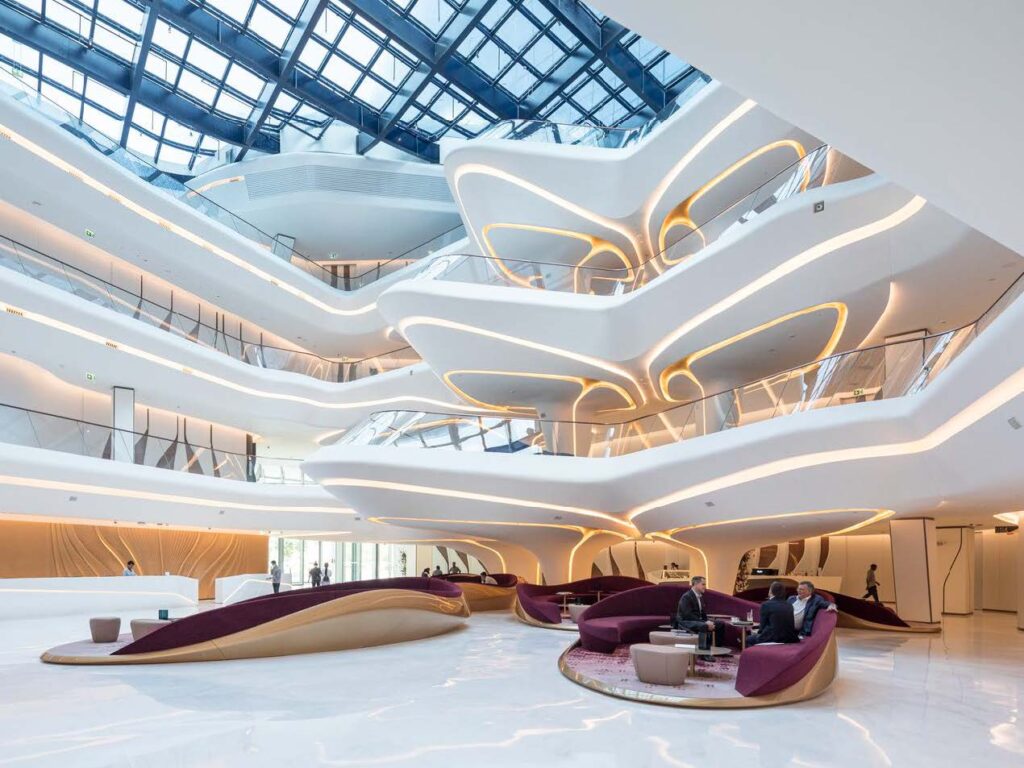
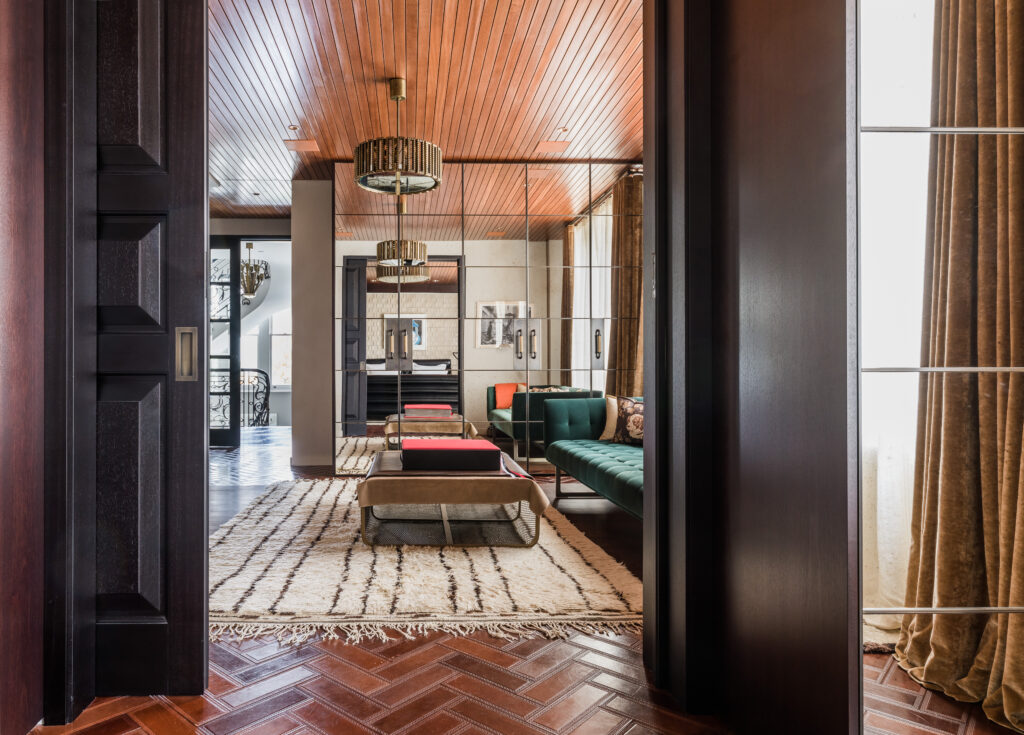
Sebert’s panel were all appreciative of the creative expression that custom rugs allow and the impact they can have. Emma O’Neill, Vice President of Studio Sofield, uses them to anchor not only the room but her client’s decision-making too. ‘Once it’s in production, they can’t change their mind. It’s a great tool to stop clients continually moving and constantly shopping.’ In retail environments, she points out, the rug is often the only opportunity for branding. For Eric McClelland of Fleur-de-lis, a transportable custom rug sample becomes key to the whole project as it can be refered to when sourcing other design elements. Glenn Pushelberg from Yabu Pushelberg prefers custom every time. ‘Unless it’s vintage or antique, why would you buy off the shelf? Why go to a designer if you don’t want couture? Buying something unique that is hand crafted gives a greater sense of specialness.’ Stair runners are a particularly favoured format by all the designers ‘because you travel from one place to another, so you can do so much on them,’ Sebert explained.
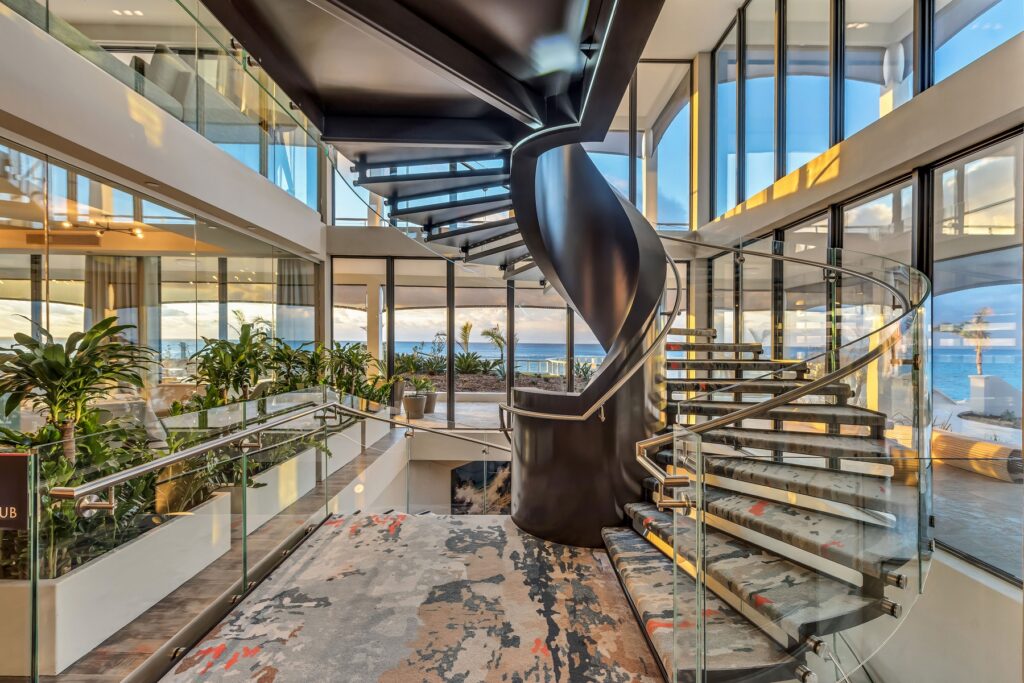
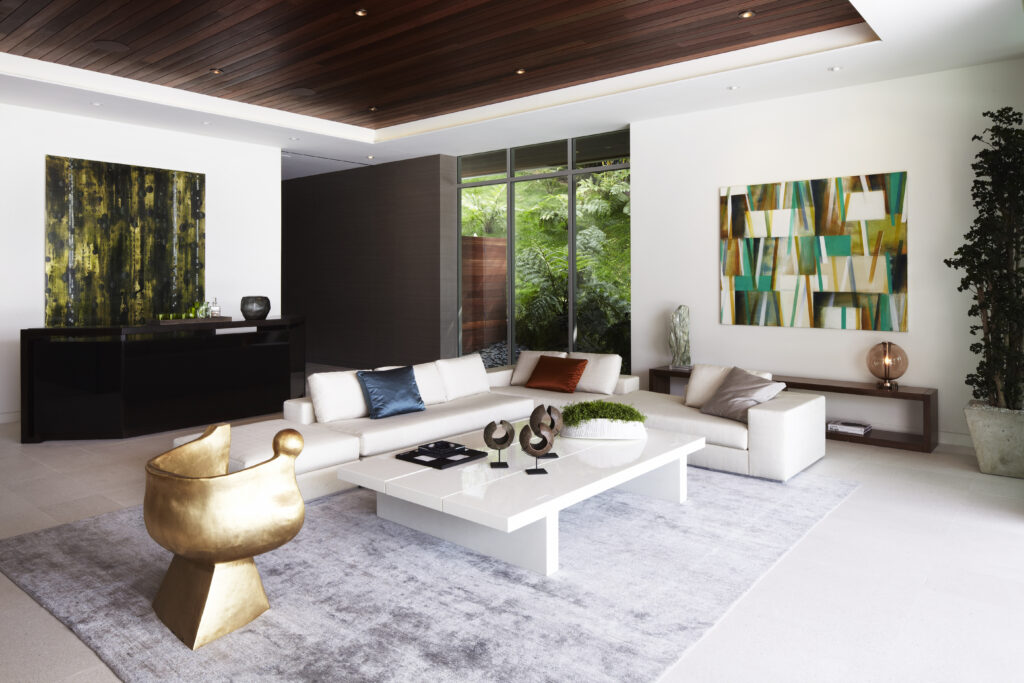
If you are looking for rugs to incorporate into your interior design projects, COVER Connect New York at The Altman Building in Manhattan, 25-27 September 2021, will feature leading brands from across the USA and beyond, selected to provide a wide variety of production and styles to visiting buyers. Register to attend.

